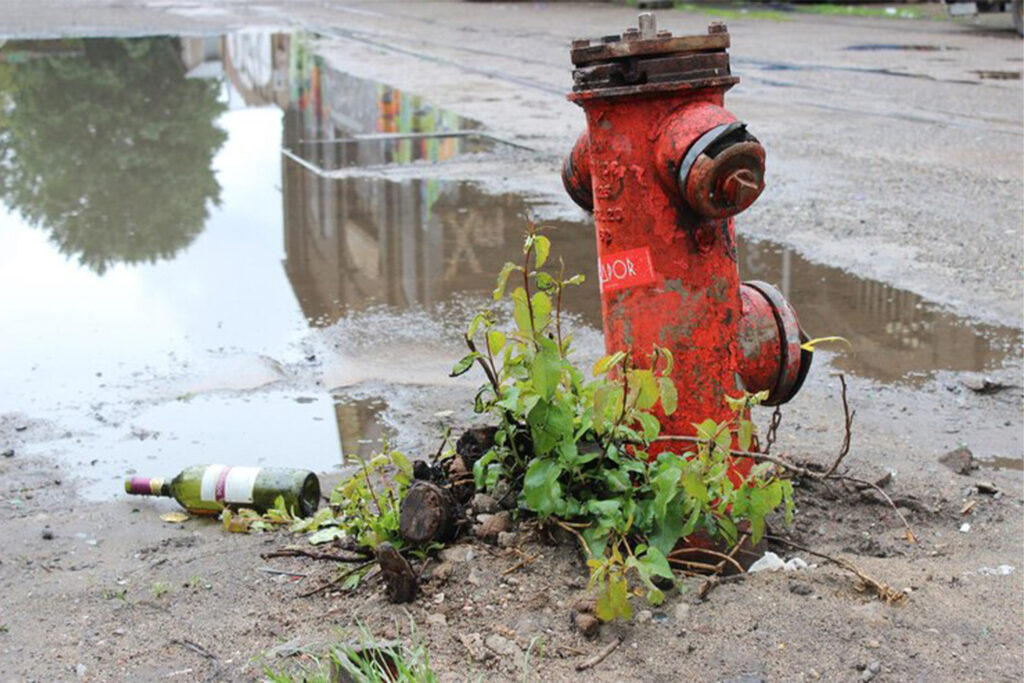California has long been America’s golden state. This is the place where dreams are pursued, technology is pioneered, and cultural trends are born. Unfortunately, the dark reality of devastating wildfires and failing water infrastructure has cast a shadow on this state. These crises are systemic failures that threaten millions of lives and the economic stability of the nation.
The fires of January 2025 serve as a harsh case study. Over the course of three weeks, flames consumed more than 12,000 homes across Los Angeles County and surrounding regions. The destruction was shocking, but what came afterward was even more alarming. By August of the same year, only 164 permits to rebuild had been issued. As a result, thousands of families remain displaced, while lawsuits against city agencies pile up.
What went wrong? The answer points to more than fire suppression challenges. It exposes deep flaws in California’s water system.

The Santa Ynez Reservoir Scandal
One of the most striking failures occurred at the Santa Ynez Reservoir above Pacific Palisades. Designed to hold 117 million gallons of water, it should have been a backbone of firefighting capacity. Instead, when flames tore through the community, the reservoir stood empty. A series of delayed repairs and bureaucratic missteps left hydrants sputtering while homes burned.
Governor Gavin Newsom has ordered an investigation, but the damage was already done. For many residents, the incident confirmed their fears: California’s infrastructure is outdated, fragile, and unprepared for the disasters it was built to defend against.
The Impending Risk
The real danger is that fire rarely comes alone. History shows us that when earthquakes hit, broken aqueducts and water mains leave hydrants dry, setting the stage for firestorms even more destructive than the initial shaking. The 1906 San Francisco earthquake proved this: 98% of the city’s destruction came not from the quake itself, but from fires that followed.
Scientists now warn that Southern California is overdue for a “Big One” along the San Andreas Fault. A rupture of magnitude 7.8 or greater could cripple aqueducts, empty reservoirs, and paralyze water systems. Without water, firefighters would be left powerless to control the spreading fires.
A Different Path Forward
This is where Robert Simpson’s new book, From Hydrants to Housing: Reframing the Western Crisis, provides both analysis and solutions. Simpson argues that California’s failures highlight the urgent need for bold new models of housing and infrastructure. These models should not depend on fragile, century-old aqueducts and bureaucratic red tape.
Instead, he outlines how Freedom Cities, which are large, master-planned communities built on federal land, could change the equation. These cities would be designed with water resilience at their core: modular desalination plants, advanced reclamation systems, and redundant storage to ensure that when disaster strikes, water doesn’t run out. They would also integrate fire-safe planning, modern energy systems, and streamlined governance to prevent the kinds of failures California has suffered.
By reframing the crisis, Simpson shows that California’s disasters are opportunities to rethink how we build, where we build, and what safeguards we put in place for the generations ahead.
